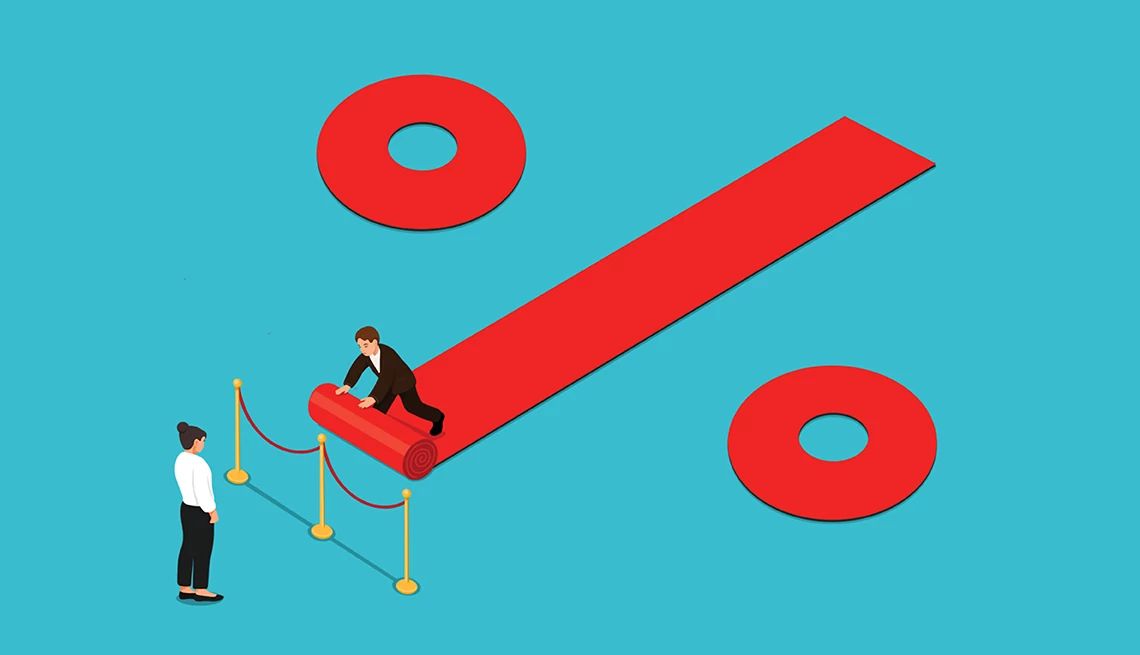AARP Hearing Center


The economy is a bit of a mixed bag these days. Thanks to lower interest rates, it's a cheap time to borrow money. Savers, on the other hand, stand to earn less on safe, interest-bearing investments such as certificates of deposit and money market accounts.
Then there's the stock market, which has seen its share of ups and downs this year. Given these fluctuations, now could be a good time to rebalance your investment portfolio.
Here's what you need to know about borrowing and investing in today's economy.
How to take advantage of lower interest rates
The Fed cut its benchmark rate by a half-point in September and another quarter-point in November. Declining interest rates can bring welcome relief for people aiming to consolidate debt, refinance a mortgage or apply for a loan. But there’s a flip side: Savers will earn less on low-risk investments such as certificates of deposit and money market accounts.
Here are three ways you can capitalize on lower interest rates:
Lock in top savings rates. If you have cash on hand, don’t wait to put it in a CD, says Mark Hamrick, a senior economic analyst at Bankrate. The average yield on a 12-month CD was at 1.75 percent in early November, but online banks typically pay more. Consider the yield in early November on a 12-month CD offered by the online bank Marcus by Goldman Sachs: 4.2 percent. “I can’t stress enough: Shop around,” says Jacob Channel, senior economist for LendingTree.
Weigh mortgage options. If you have been waiting to buy a home — or if you’re helping a child with his or her first purchase — this is a better time to jump in than a year ago. But it could still pay to wait a little longer. The average 30-year mortgage rate has dropped from a peak of 7.8 percent in October 2023 to 6.69 percent as of early December, and it’s likely to fall further. “It won’t drop to near the 3 percent we saw during the pandemic, but will probably go to the mid-5-percent range,” Channel says.































.jpg?crop=true&anchor=13,195&q=80&color=ffffffff&u=lywnjt&w=2008&h=1154)






























You Might Also Like
Take These 7 Money Rules with a Grain of Salt
Some financial advice may sound right on the surface but could do you harm
How to Fill Your Retirement With Fun
Geocaching, creating a terrarium, learning a new language and more, we have tips to find the best hobby for youWhat to Look for Before Buying a Newly Built Home
From how to vet the builder to what to watch for in the contract, here’s how to protect yourself